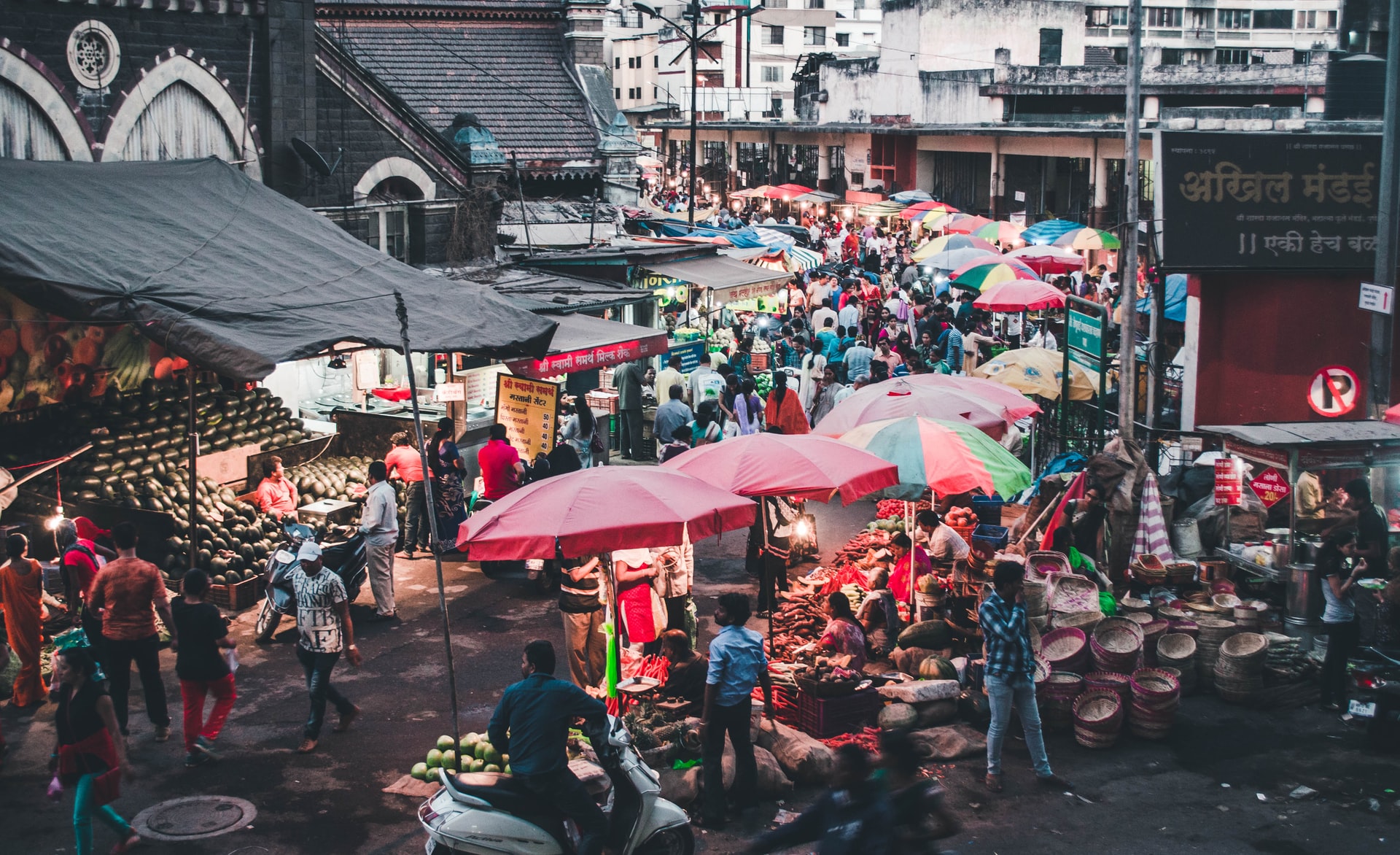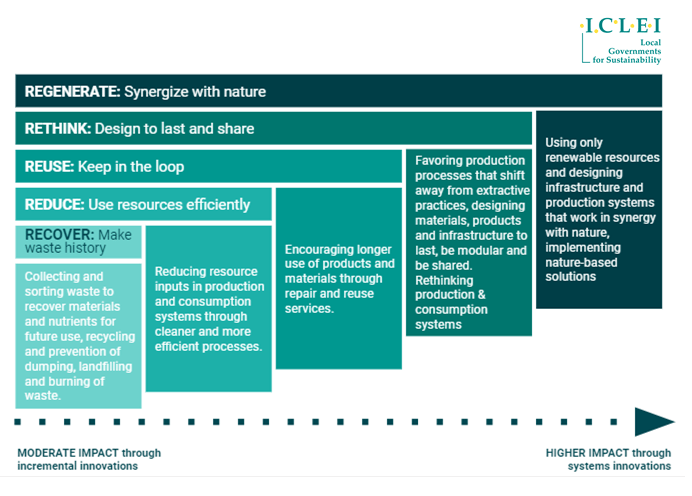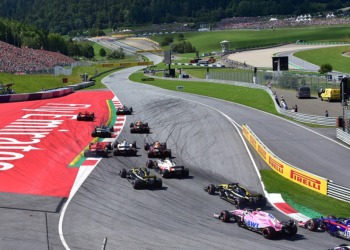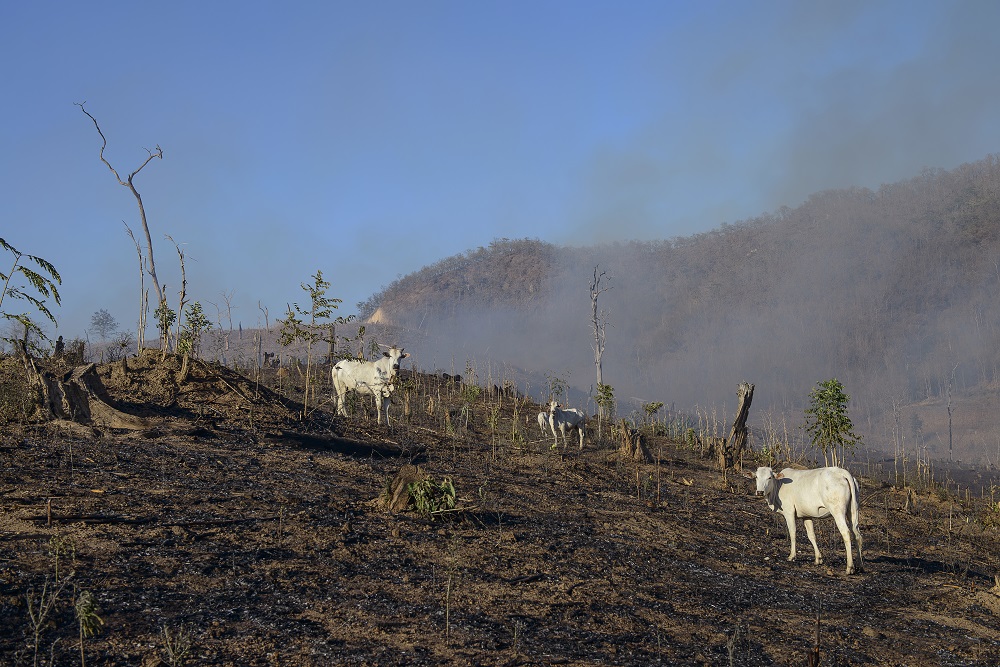Global food systems account for a third of total GHG emissions and drive environmental degradation and socio-economic inequalities all along the value chain. The resilience of current food systems is also increasingly challenged by environmental, climate and health crises.
Linear Food Systems Are Failing People and the Planet
Our current linear food systems rely heavily on mining and extracting finite resources, such as phosphorus, and on synthetic fertilizers which contribute to soil, air and water pollution. Food systems activities are spread across geographies, which has not only led to a disconnect between producers and consumers but is also causing high transport-related emissions. With a third of all edible food being wasted worldwide and less than 2 percent of nutrients in food by-products and human waste generated in cities being valorized safely, waste prevention and management remains a major challenge in current urban food systems.
This is why the newly launched Glasgow Food and Climate Declaration acknowledges the role of cities as key actors to transition the food systems and calls for subnational action to accelerate the development of integrated food policies, a year ahead of the UN Climate Change Conference COP 26.
How the Circular Economy Can Help
Food systems actors, such as farmers, processing industries and retailers, have limited interaction with stakeholders outside of their segment of the food value chain. As a result, impacts down or up the value chains remain unaddressed.
The circular economy is a tool to map opportunities to save resources and reduce waste across the value chain while fostering local economic development and social inclusion. It encourages decision makers to look for interventions as early in the value chain as possible – from the moment resource extraction is planned – and beyond their jurisdictional boundaries. ICLEI´s 5Rs framework offers a lens through which to plan circular economy interventions at the local level:
The Role of Cities
From food procurement and catering services in municipal facilities to organic waste and land use management, local governments can influence food systems across the value chain. Cities and regions can also act as testbeds for new policies and public services to then be taken on at a later stage at the national level. The ability for key actors – distributors, processors, and consumers – to come together at the local level creates a breeding ground for innovative solutions and new business models.
To facilitate exchanges among local governments that are committed to transition to sustainable food systems, ICLEI and RUAF launched in 2013 the ICLEI-RUAF CITYFOOD Network – Cities and Regions for resilient food systems, which now counts 30 local governments from all world regions. It is the first unique network of local and regional governments to facilitate peer-to-peer learning on sustainable urban food policy.
What Do Circular Food Systems Look Like?
Exchanges as part of the CITYFOOD Network have provided many concrete examples of what a systemic approach to food systems can look like from a local government perspective. From Hiroshima and Sapporo’s efforts on households’ food waste reduction to Rosario´s urban agriculture efforts and Baltimore´s Waste to Wealth program, there are many concrete examples within the ICLEI Network on circular food systems in practice.
Related Articles: Food Systems: at the Heart of Sustainable Development | 5 Opportunities of a Circular Economy
With support from the SUN Institute for Environment and Sustainability, ICLEI is working with cities across three continents to gather concrete tools and methodologies local governments can use to facilitate the transition to circular food systems, such as a methodology to map and engage relevant food systems stakeholders, identify existing circular food systems assets in the cities and assess gaps across the 5 Rs.
These tools are currently being piloted in Bonn, Germany, where substantial efforts are already underway to support the shift to organic agriculture as part of the Bio-Städte network, which is seen as a one of the key measures to achieve climate neutrality by 2035. In addition, the piloting builds on numerous local community initiatives around sustainable food systems and the city’s commitment to work with civil society initiatives, such as Bonn4Future to design climate neutrality plans.
Scheduled for release in early 2021, ICLEI´s “Practitioners Handbook: Circular Urban Food Systems” will summarize these learnings and gather practical experiences from the network. These will be further explored at the ICLEI World Congress 2021.
For more information, please contact circular.development@iclei.org.
— —
About the Author: Marion Guenard is part of ICLEI’s Circular Development team and works with cities around the world on implementing circular economy projects and policy frameworks at the local level. She is currently supporting the city of Turku, Finland, in designing a collaborative circular economy action plan.
Editor’s Note: The opinions expressed here by Impakter.com columnists are their own, not those of Impakter.com. — In the Featured Photo: An Indian food market. — Featured Photo Credit: Atharva Tulsi/Unsplash













